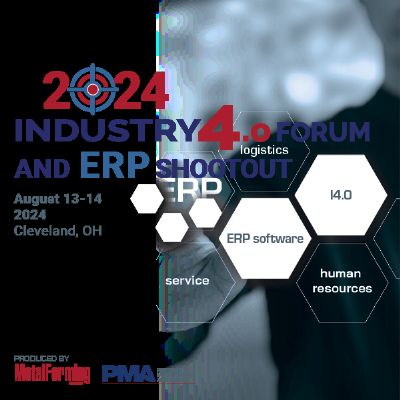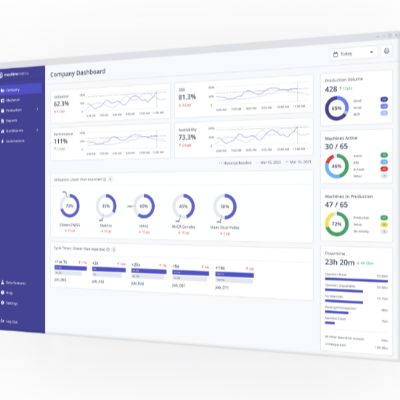The Team Approach to Sensors
April 1, 2008Comments
No one person knows it all. This must be the first and prevailing rule in selecting which areas of a die need to be sensed. No matter how clever, creative, intuitive and technically competent a toolmaker may be, he or she cannot possibly fully understand and appreciate the point of view of a press operator. Likewise, an excellent operator has a similar, but in many s profoundly different view of dies from that of a setter. The toolmaker, operator and setter bring different experiences with the same die from their respective technical perspectives. These three points of view can be foreign to the experiences of the press maintenance technician who has a full grasp of what the die runs have done to the integrity of the press, but may not fully understand what exactly happens when a screwdriver is left in the die. All the maintenance technician knows is that the ram aligned out of parallel when the die was cycled and the screwdriver traveled with the strip and performed some serious and unanticipated die modifications.
The above-mentioned technical experts each has a point of view on a given die, but it is limited to their respective fields of expertise. That is why the company’s sensor applications specialist must include all four experts in the sensor applications process. This should take place at the early stages where the determination is made as to what areas of a die must be sensed. For example, on an existing die where the only sensor is a primitive coat-hanger wire at the end of the die for short-feed detection, the desire is to have the die fully sensed for all of the major causes of production stoppages, ranging from mechanical nuisance jams and stops to full-blown die crashes.
Let’s look at the feed issues. We are going to assume that primitive as it is, the coat-hanger wire, when properly set up, may give us some semblance of short-feed detection. The setter sets the die and then hands it over to the operator. From that point onward, the operator is the closest we have to a real-time set of instrumentation as to the hour-by-hour, day-by-day and month-to-month running status of the die. The operator may live side-by-side with the die eight or more hours a day. The operator consequently is full of excellent insights and information on the performance of the die during its production runs.
The setter and even the toolmaker may know that occasionally the press will be stopped by the short-feed probe, but the operator knows that the material buckles because one of the cams occasionally sticks and returns in an erratic manner. The die does not crash for the cam does return, albeit late, but it does cause a short feed on those occasions. The setter and the toolmaker call it a short-feed issue and may blame the feed mechanism, but the operator knows better. The real culprit is the uncooperative cam.







 Event
Event
